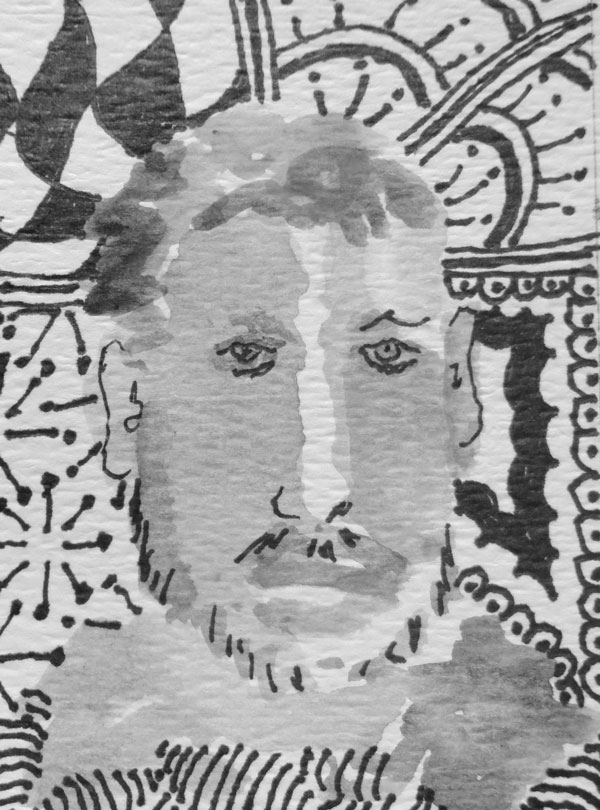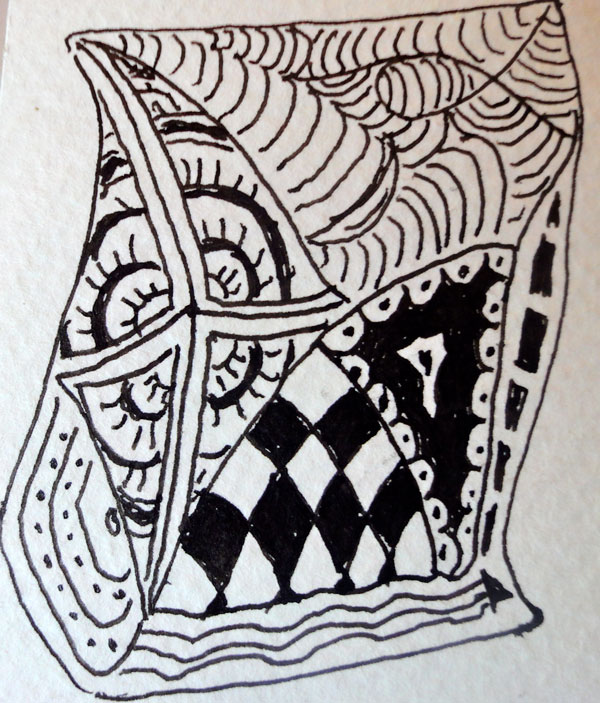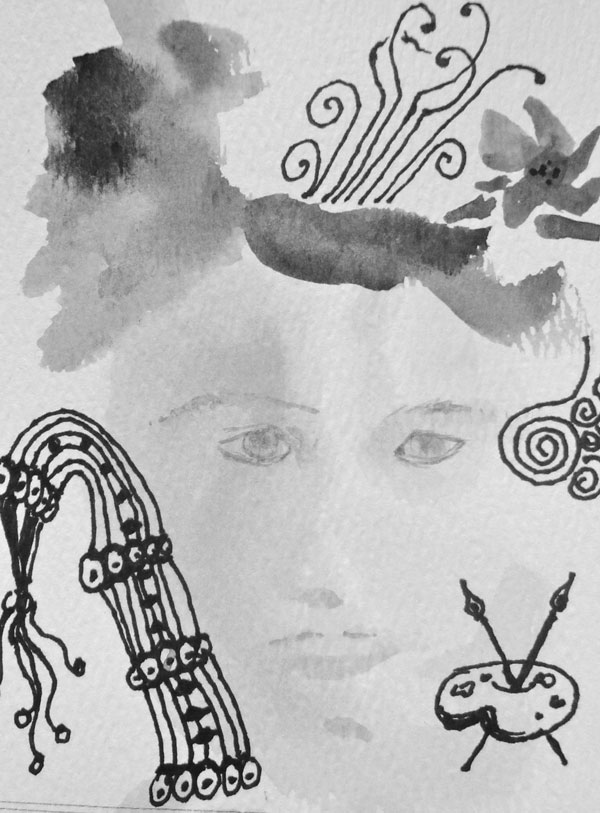Ideas for Professional Development
These resources are especially helpful when teachers want to work together in study groups. They can also be used as class activities for college courses.
Professional Development Chapter 2: Small-Group Discussions about Reading Aloud
Reading aloud is a great topic for study groups of teachers and prospective teachers. Talking about the benefits reminds everyone of how important this seemingly simple activity is. Participating in discussions about key implementation issues is good preparation for dealing with problems when they arise. Below are some focusing questions that study groups might use to get started.
Small-Group Discussion Questions
- What are some ways you can advocate for reading aloud at school and at home?
- What read-aloud books do you remember from your childhood? Why are they memorable?
- Do you see yourself as having a readerly identity? Why or why not?
Professional Development Chapter 3: Collaborative Kidwatching
Collaborative Kidwatching is an activity that can be done by small groups of prospective or practicing teachers. It provides a way to collect data from multiple sources and to think with others about how to take action.
Collaborative Kidwatching (Goodman, 1978)
Together with the teachers at your grade level, identify a child whom you all feel is struggling with reading and writing.
Over the course of the next week everyone makes as many observations as they can of this child, noting when he seems engaged, when he seems disengaged, what things he seems to like to do, with whom he likes to play, to whom he goes when he is hurt and so on. Observations on the playground, in the cafeteria, as well as the classroom are valuable. Also take note of what he struggles with in terms of schoolwork. Collect examples if possible.
At your next meeting take turns sharing what you have learned for the purpose of exploring a single question, “What would we have to do to be successful with this child?” Jot down various recommendations. There is no need to defend choices at this point in time. The object is to generate as many ideas as possible.
During the next week try out one of the ideas and report back what happened. Talk about what success was achieved and what might be tried next.
As an aside, we (Jerry and Chris) want to say that when we worked with teachers to open the Center for Inquiry in Indianapolis, this was our staff’s weekly professional development activity. Each week we identified one student, made as many observations as we could about that student, and then met to talk about what we might collectively do to insure that child’s success. This professional activity not only helped us grow but also supported our school’s goal of not letting any child fall through the cracks.
Professional Development Chapter 4: Questioning Authenticity in Children’s Literature
Questioning authenticity.
One anti-war book that many teachers use with elementary students is Faithful Elephants: A True Story of Animals, People, & War (Tsuchiya, 1951/1997). We have used the book many times ourselves. This book was originally written in Japanese for a Japanese audience. It is a very touching and heart-wrenching story about the poisoning of the animals at the Ueno Zoo in Tokyo so they wouldn’t escape if bombs hit the zoo. Especially poignant is the tale of the elephant keeper and his three elephants. We have never questioned the authenticity of this book until recently reading an older article by Kawabata and Vandergrift (1998). This article challenged our prior beliefs about the book. The pairing of the book, Faithful Elephants, with the article has led to incredibly complex discussions among teachers.
Questioning Authenticity: Faithful Elephants
Have someone in your teacher group read the book Faithful Elephants: A True Story of Animals, People, & War (Tsuchiya, 1997) aloud and discuss your response to the story and ways you might use the book in your classroom. Then read “History into Myth: The Anatomy of a Picture Book” (Kawabata & Vandergrift, 1998) in Bookbird, volume 36(2). Discuss the article in relation to your previous discussion of Faithful Elephants. Also discuss if you would use the book in the same ways your group had previously shared or would do something different with it. There are no right or wrong answers on this one, just a lot of food for thought.
Professional Development Chapter 5: Engaging in Language Study Together
Study groups of teachers and prospective teachers will find it useful to engage in doing language study together. It’s much easier and more fruitful when done in collaboration with others. We suggest sharing a seemingly “innocent” picture book like One Fine Day (Hogrogian, 1971) or Piggybook (Browne, 1986) and then talking about possible underlying messages and frames. We had a rich discussion with teachers about Pete & Pickles (Breathed, 2008), a cartoon type of picture book Jerry had purchased for his grandchildren. As it turned out, the teachers did not find all of the messages they perceived as being sent by this book to be as “cute” as the cover illustration. They also noted some stereotypes like women who can’t accept reality and keep engaging in outrageous imaginary stunts to make themselves feel better, and men who are so dragged down by reality that they can’t imagine anything. These teachers talked about the need to discuss the stereotypes with children as part of the read-aloud experience. Participating in this type of critical discussion is good preparation for doing language study later with students. The box below provides a brief list of focusing questions that study groups might use to get started.
Questions to Support Readers in Unpacking a Text
- Who wrote this text?
- Who might benefit from this perspective or these ideas?
- Who might be hurt by this perspective or these ideas?
- What other perspectives or ideas might be taken from this text? (Adapted from Luke & Freebody, 1997; Kucer, 2008)
Professional Development Chapter 6: Starting Discussions on Gender Issues in Children’s Literature
Gender issues and children’s literature. In her chapter called “Gender Issues in Books for Children and Young Adults,” Shirley Ernst (1995) provides an informative history of studies on gender and children’s literature. She discusses how studies from the 1970s and 1980s showed:
Stereotyped behaviors such as girls working in the kitchen and boys riding bikes … Boys were generally shown as independent, problem solvers, active, and in charge of situations while girls were often portrayed as dependent, problem causers, passive and followers. (p. 67)
Surprisingly, when she later asked teachers to bring in ten books chosen randomly from their classroom libraries, the gender equity in the books still leaned toward males as main characters and stereotypes were still strong. This engagement invites teachers to explore gender issues with more current books.
Are They Really Better or Not?
Work in pairs and go to your school, university, or community library. Pick five picture books randomly off the shelves from different parts of the library. If you pick an older book (before 2005), put it back and choose another. Fill a chart with five rows, one for each book. Here’s what goes in each row.
Survey of Picture Books |
|||||
Title: |
|
|
|
|
|
Author (identify whether male or female): |
|||||
Copyright date: |
|||||
Who was the main character(s) in the book (identify as male or female/ethnicity)? |
|||||
How is the main character(s) portrayed (independent, dependent, problem-solver, problem-causer, active, passive, cute, strong, etc.)? |
|||||
How would you evaluate the main character(s) for gender role stereotypes? |
|||||
Chart the group’s findings and discuss the current state of children’s literature regarding gender equity and stereotypes.
Professional Development Chapter 7: Study Group on Focused, Author, Illustrator, and Genre Studies
One of the most successful activities we’ve done in teacher study groups and in college classrooms is for teachers to work with their students to create a focused, author, illustrator, or genre study. The study group serves a number of purposes. It can be a place where teachers can find:
- suggestions for activities for the study;
- ideas for resources and books;
- feedback on student work they bring in to share;
- possible solutions for problems they present to the group;
- help on assessing final student products.
Articles in the Suggestions for Further Reading section at the end of Chapter 7 and on this website provide resources for furthering your study group’s knowledge on these studies.
Professional Development Chapter 8: Trying Your Hand at Art
Teachers can’t do for students what they can’t first do for themselves. This professional development activity is meant to challenge you as well as make you a bit uncomfortable. Our belief is that we have lots to learn by working in a sign system that is not necessarily our strength.
For this engagement you will need:
- art supplies (we recommend good watercolor paints and good watercolor brushes, but any art materials will do including markers, colored pencils, tempera paints, charcoal or pastel sticks, etc.);
- a stack of blank art trading cards (2½ by 3½ on art paper, one for each participant);
- black, fine felt-tipped pens or markers (one for each participant);
- Bob Raczka’s book, Here’s Looking at Me: How Artists See Themselves (2006), or any of the art books mentioned in this chapter can be substituted.
Raczka presents 14 artists and their self-portraits, just enough to whet your appetite as to how you might represent yourself in portrait. Using the blank art trading cards provided, do a self-portrait without doing any preliminary drawings. All you are going to do is lay down different colors side by side in the shape of a face.
Most likely you and your colleagues are not going to be totally happy with the results. To save this piece of art you are going to add a second layer of art on top of what you already have. Putting a new layer of art on top of an initial piece adds depth and often helps to clarify meaning. “Zentangles” is an art form created by artists Rick Robers and Maria Thomas as a tool to be used by artists and non-artists alike (Bartholomew Steen, 2010). Zentangles are very popular with teens on the Internet. This art form involves creating complicated felt-tip line drawings (here is where the black, fine felt-tipped pens come in) over the original images one line at a time. Simple tangles or complex patterns are combined in unplanned ways that take off in amazing directions. While there are stylized forms, they are easy to create on your own. Jerry maintains that he has saved many pieces of art by adding Zentangles around, over, and on top of a first attempt. The following are finished examples as well as a close-up of basic Zentangle patterns.



Totally Tangled—Watercolor Overlaid with Zentangles
Professional Development Chapter 9: Self-Censorship of Books
Since we all have had instances when we have seen books and said, “I’d never use that in my classroom,” we think it’s important to meet with colleagues and discuss those books that we’ve self-censored. In class or study group meetings, have everyone bring in two books they decided not to use with students. The following questions can guide these conversations.
- What about this book made you decide not to use it in your classroom?
- What worries do you have about what would happen if you read the book to your students or let a student read it?
- Has anyone else in the group used the book or think they might use it? If so, what makes you comfortable using this text?
- How can we support each other to use more risky books with our students?
- What are the benefits of using risky books in our classrooms?